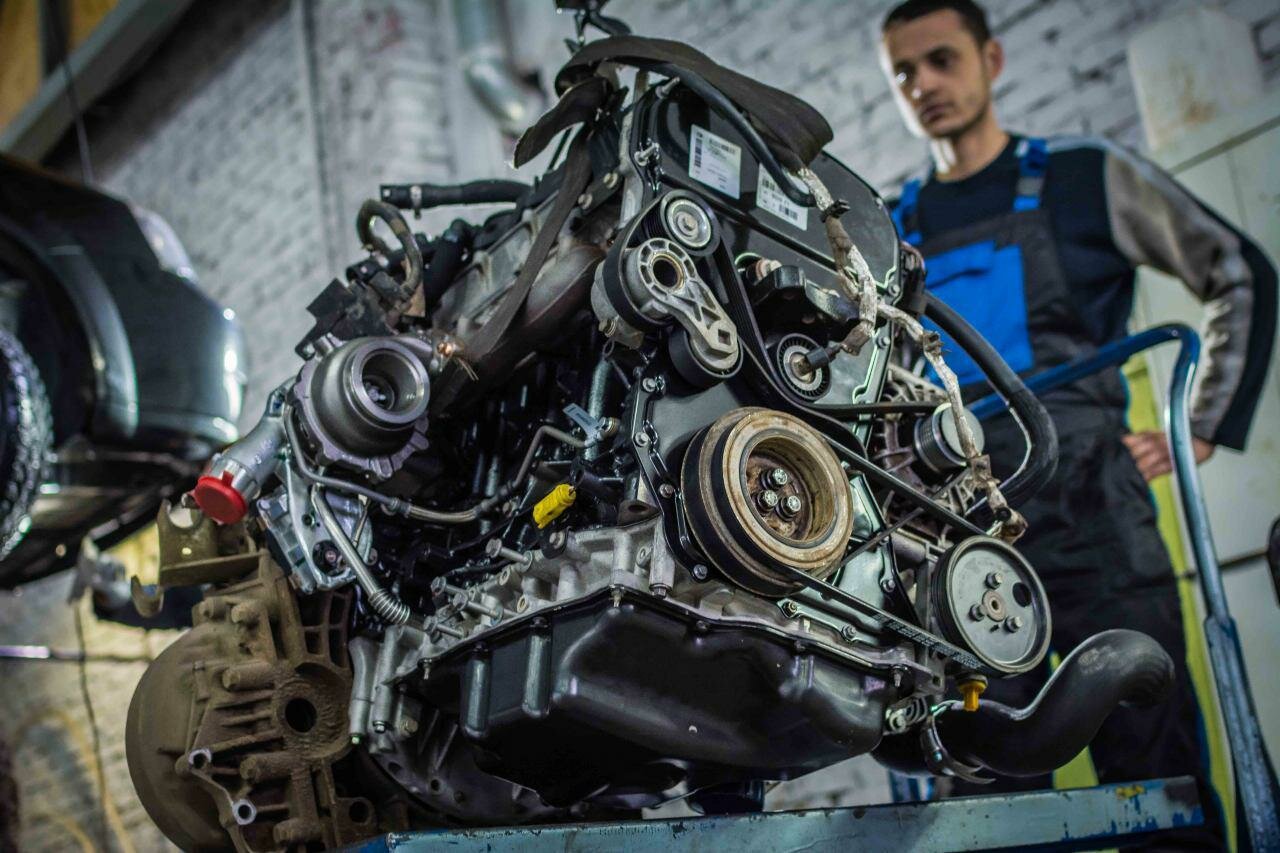Dodge Dakota 3.9 Engine Overview
A Brief History
The Dodge Dakota, a mid-size pickup truck, made its debut in 1987 and quickly carved out a niche for itself in the competitive truck market. It was designed to fill the gap between compact trucks and full-size models, offering a blend of utility and comfort. One of the most notable engine options available for the Dakota was the 3.9-liter V6, which was introduced in 1991. This engine was essentially a 5.2-liter V8 with two cylinders removed, allowing for a balance of power and fuel efficiency that appealed to many truck enthusiasts.
Over the years, the Dakota gained a reputation for its ruggedness and versatility, making it a popular choice for both work and leisure. The 3.9 engine, in particular, was praised for its decent torque output and reliability, especially in the earlier models. However, as with any vehicle, the Dakota 3.9 engine is not without its share of problems.
While it may have been a solid performer for many, numerous owners have reported issues that can affect the engine’s longevity and overall performance. These problems range from minor annoyances to significant mechanical failures, which can lead to costly repairs. Understanding these issues is crucial for current and prospective owners, as it can impact maintenance decisions and safety considerations.
In this article, we will delve into the common problems associated with the Dodge Dakota 3.9 engine, providing a straightforward examination of what owners might face. Whether you’re considering purchasing a Dakota or currently own one, being informed about these potential pitfalls will help you make better decisions regarding maintenance and repairs.
Dodge Dakota 3.9 Engine Problems: A Closer Look
The Dodge Dakota 3.9 engine, while a solid option for many truck owners, has been known to exhibit several common issues that can affect its performance and reliability. Understanding these problems is essential for anyone who owns or is considering purchasing a Dakota equipped with this engine. Below, we will explore the most prevalent issues associated with the 3.9 engine, along with their symptoms and potential consequences.
Common Engine Problems
1. Head Gasket Failure
One of the most serious issues reported by Dakota owners is head gasket failure. This can lead to significant engine damage if not addressed promptly. Symptoms of a failing head gasket include:
– Overheating
– White smoke from the exhaust
– Loss of coolant without visible leaks
2. Oil Leaks
Oil leaks are another common problem with the 3.9 engine. These leaks can originate from various seals and gaskets, leading to low oil levels and potential engine damage. Symptoms include:
– Oil spots under the vehicle
– Burning oil smell
– Low oil pressure warning light
3. Fuel Injector Problems
Fuel injectors can become clogged or fail over time, leading to poor engine performance. Symptoms of fuel injector issues include:
– Rough idling
– Decreased fuel efficiency
– Engine misfires
4. Timing Chain Issues
The timing chain in the 3.9 engine can stretch or wear out, causing a range of performance issues. Symptoms include:
– Engine noise (rattling or ticking)
– Poor acceleration
– Check engine light activation
5. Ignition System Failures
Problems with the ignition system, such as faulty spark plugs or ignition coils, can lead to starting issues and poor engine performance. Symptoms include:
– Difficulty starting the engine
– Engine stalling
– Poor fuel economy
Impact on Safety
While many of the problems associated with the Dodge Dakota 3.9 engine may seem like mere inconveniences, some can pose safety risks. For instance, overheating due to head gasket failure can lead to engine seizure, which could leave you stranded or cause a loss of control while driving. Additionally, fuel leaks from a failing injector can increase the risk of fire. Therefore, addressing these issues promptly is crucial for maintaining not only the vehicle’s performance but also the safety of its occupants.
Top views |
|
|---|---|
 |
Oil, Timing Chains, Pistons: What Really Kills an Engine Prematurely? |
 |
How to Choose a Car with a Reliable Engine: Used Car Market Hacks That Actually Work |
Symptoms and Consequences Table
| Problem | Symptoms | Consequences |
|---|---|---|
| Head Gasket Failure | Overheating, white smoke, coolant loss | Severe engine damage, costly repairs |
| Oil Leaks | Oil spots, burning smell, low oil pressure | Engine wear, potential seizure |
| Fuel Injector Problems | Rough idling, decreased efficiency, misfires | Poor performance, increased emissions |
| Timing Chain Issues | Engine noise, poor acceleration, check engine light | Engine failure, expensive repairs |
| Ignition System Failures | Starting issues, stalling, poor economy | Increased wear on engine components |




0 Comments